Vegetables That Grow In Shade: How To Grow Vegetables In The Shade
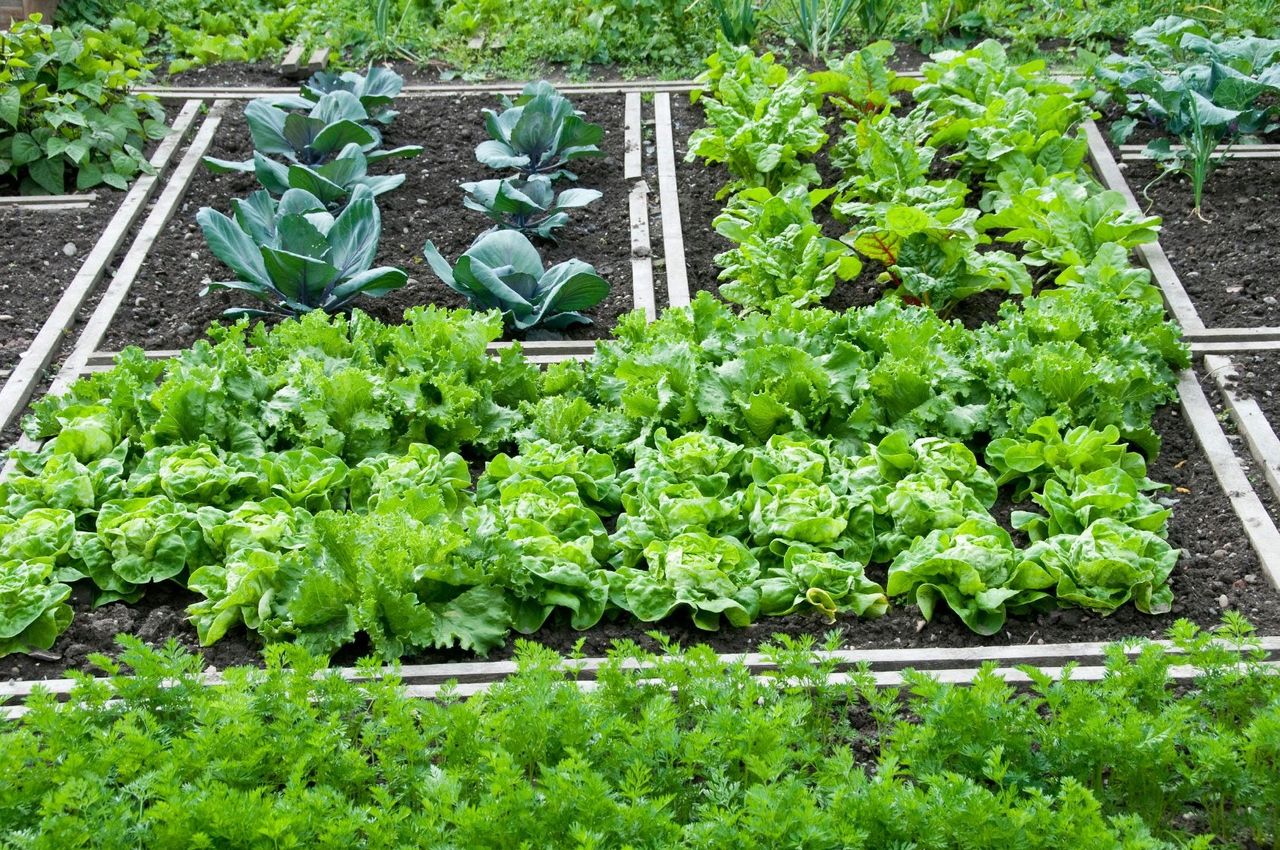

Most vegetables need at least six to eight hours of sunlight to flourish. However, you shouldn't overlook the shade-loving vegetable. Partially or lightly shaded areas can still offer benefits in the vegetable garden. Not only can shade offer temporary relief from intense summer heat for vegetables that like cooler weather, but shade tolerant vegetables can actually be a source of both early and late harvests when planted in succession.
Growing Vegetables in a Shady Garden
Light conditions vary in the shady garden, depending on its source. While many vegetables need a lot of light, a select few will actually thrive in the cooler, darker areas of the shade garden. Therefore, it's possible to grow vegetables in the shade. Leafy vegetables like greens are the most shade tolerant while root and fruit crops, which largely depend on light for their flowers, require more sun. For instance, tomatoes and squash plants thrive in full sun most of the day. Potatoes and carrots grow well in sun for at least half the day. Leafy vegetables, on the other hand, will tolerate partial shade without any problems. These can also be planted in succession, used as filler plants, and be picked anytime, so you have the opportunity to enjoy them from spring through fall.
Vegetables That Grow in the Shade
Here is a list of the most tolerant shade loving vegetable plants to put in the dark corners of the garden:
- Lettuce
- Spinach
- Swiss chard
- Arugula
- Endive
- Broccoli (and related plants)
- Kale
- Radicchio
- Cabbage
- Turnip (for greens)
- Mustard greens
If you have shady areas in the garden, there's no need to let them go to waste. With a little planning, you can easily grow vegetables in the shade.
Gardening tips, videos, info and more delivered right to your inbox!
Sign up for the Gardening Know How newsletter today and receive a free copy of our e-book "How to Grow Delicious Tomatoes".

Nikki Tilley has been gardening for nearly three decades. The former Senior Editor and Archivist of Gardening Know How, Nikki has also authored six gardening books.
-
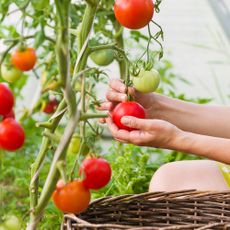 Best Indeterminate Tomatoes: Flavor-Packed Varieties For Fresh Harvests All Summer Long
Best Indeterminate Tomatoes: Flavor-Packed Varieties For Fresh Harvests All Summer LongIndeterminate tomatoes are vining varieties that fruit all season. Discover their distinctive features and how to choose the best type to grow in your garden.
By Bonnie L. Grant
-
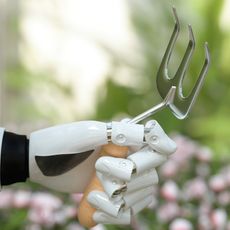 The Dangers Of AI For Gardening – How To Know What’s Real When It Comes To Your Garden
The Dangers Of AI For Gardening – How To Know What’s Real When It Comes To Your GardenThings aren’t always what they seem when it comes to using AI for gardening. Be discerning when relying on AI for accuracy, and take the time to do research.
By Teo Spengler
-
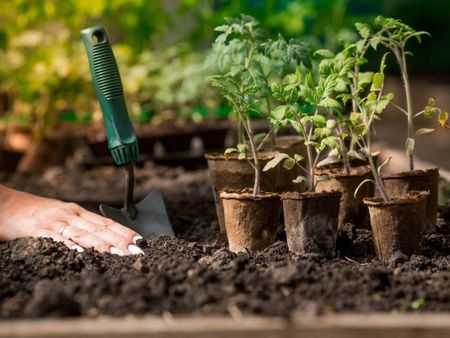 How Many Vegetables To Plant Per Person For A Year
How Many Vegetables To Plant Per Person For A YearGauging how much to plant in a vegetable garden can eliminate waste while still producing enough for your family. Click for more.
By Bonnie L. Grant
-
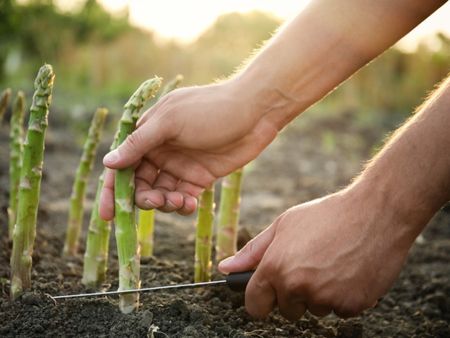 13 Perennial Fruits And Vegetables You Only Have To Plant Once
13 Perennial Fruits And Vegetables You Only Have To Plant OnceLooking to set it and forget it? Find out which fruits and vegetables can be grown as perennials.
By Laura Miller
-
 11 Edible Plants For A Year-Round Garden In A Bucket
11 Edible Plants For A Year-Round Garden In A BucketWant to know how to grow food inside your house and which foods do best indoors? Click here to learn all about it.
By Bonnie L. Grant
-
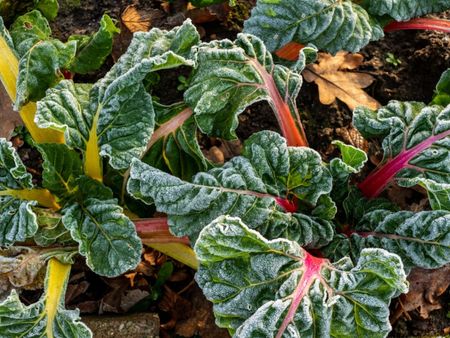 Frost Tolerance Of Vegetables From Least To Most Hardy
Frost Tolerance Of Vegetables From Least To Most HardyHow cold can vegetables tolerate? Knowing which veggies will survive frosts and freezes is essential for the success of your garden. Click here for more.
By Laura Miller
-
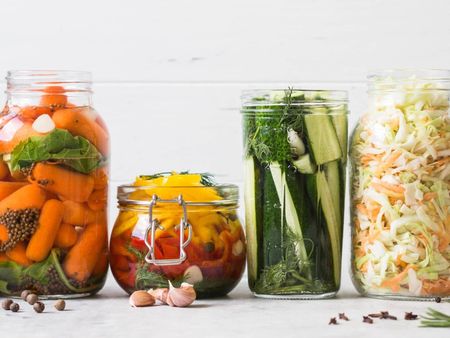 Best Vegetables To Pickle Straight From The Garden
Best Vegetables To Pickle Straight From The GardenPickles aren’t limited to just cucumbers. Read on for tips on pickling your fresh veggies.
By Amy Grant
-
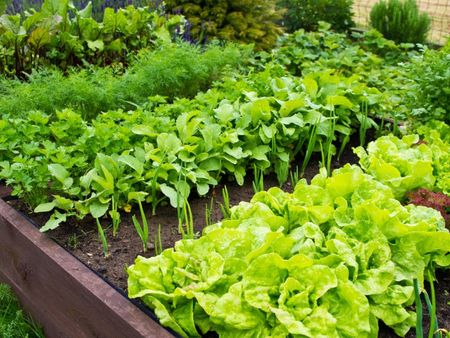 Benefits Of Planting In Fall Vs. Spring Vegetable Plots
Benefits Of Planting In Fall Vs. Spring Vegetable PlotsLearn why some vegetables do better if you plant them in fall instead of spring.
By Laura Miller
-
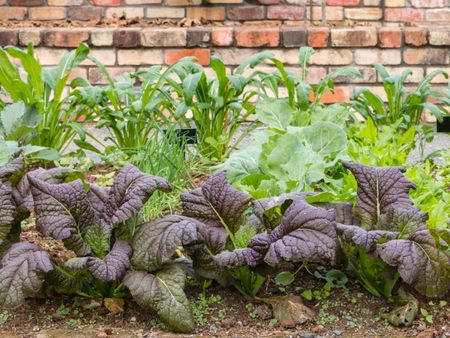 Interplanting Vegetables In The Fall Garden
Interplanting Vegetables In The Fall GardenLearn all about the benefits of interplanting vegetables for your fall garden.
By Laura Miller
-
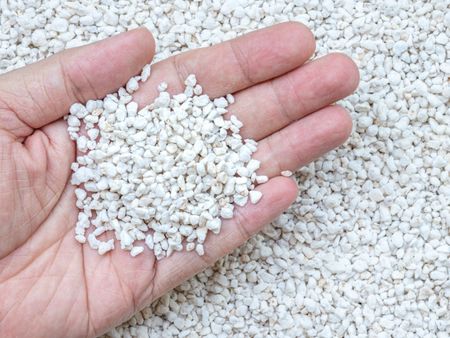 Best Vegetables For Growing In Perlite
Best Vegetables For Growing In PerlitePerlite is a natural growing medium that comes from super-heated volcanic glass. In some cases, it works better than soil. Read on for more info.
By Laura Miller